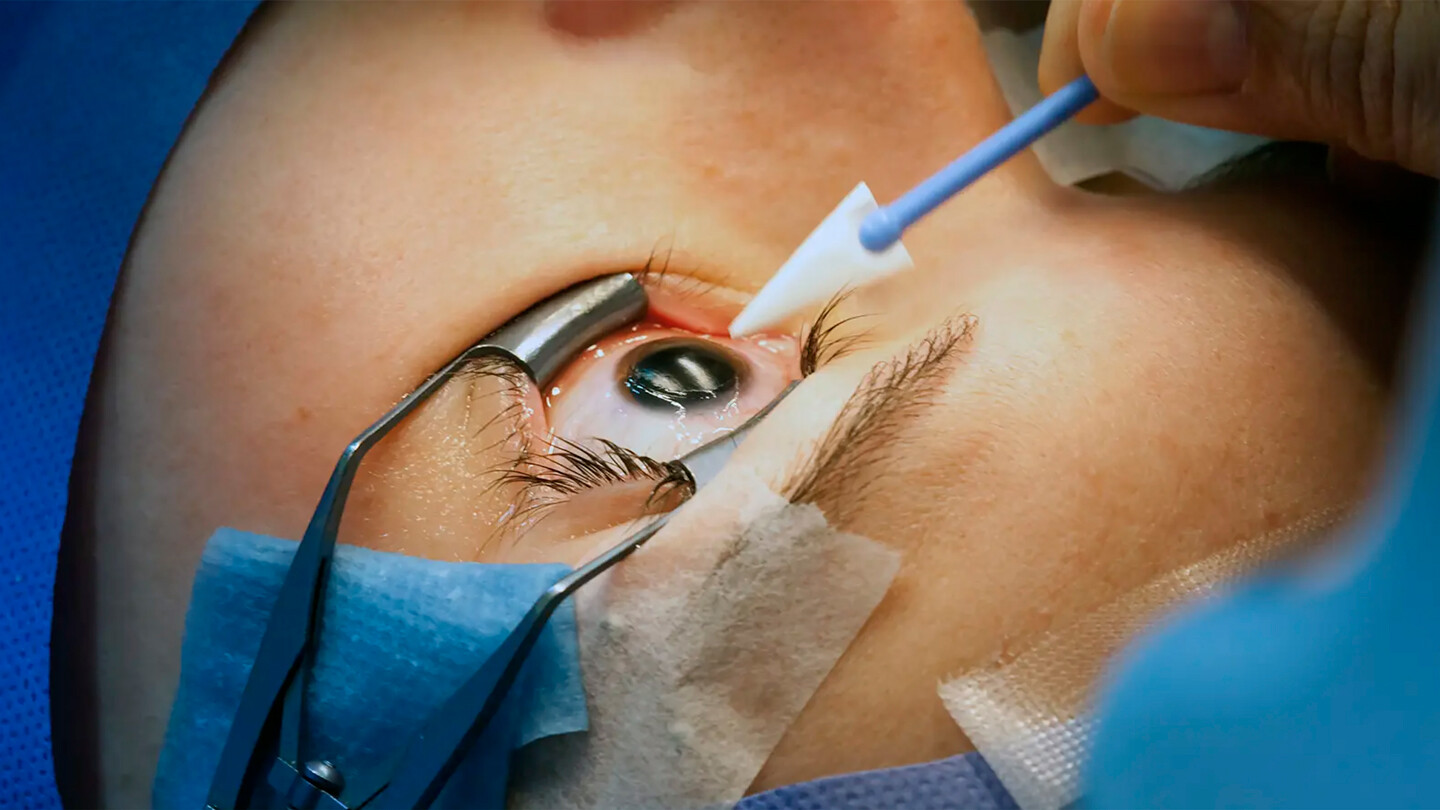Nexaris Suite
November 23, 2024–April 13, 2025
Tenuta Dello Scompiglio
Via di Vorno, 67
55012 Capannori Lucca
Italy
Hours: Thursday–Sunday 2–6pm
T +39 0583 971125
F +39 0583 971661
biglietteria@delloscompiglio.org
Agnes Questionmark’s research envisages a society in transition that pushes beyond evolutionary limits, hoping for new forms of biologically and technologically hybridised and fluid humanity that reinvent their own body, rendering it malleable and reversible. The artist brings to the foreground a trans body (transspecies, transgender, transhuman) as a body that is often pathologised, mechanised and hospitalised, shedding light on the patriarchal biopolitics at stake in the fields of science and health.
The theoretical focus of her works is the reflection on a new form of humanity, able to emerge from a context where the environment and species are evolving and where human identity and morphology are preparing to diverge from the essential and unique traits that have characterised it so far. In this context, technology, human beings and nature are the threads of a tangled skein in which to remain entangled in order to try to give a new shape to the world around us. Starting from the thoughts of Michel Foucault, Donna Haraway, Karen Barad, Rosi Braidotti, Helen Hester and Paul Preciado, the Nexaris Suite project conceptualises and visualises a scenario in which new forms of resistance to surveillance and control become the manifestation of an ongoing mutation.
The title of the exhibition refers to a hybrid and automated surgical room in which two of the most popular techniques in the medical field intersect to produce the highest quality images for a perfect diagnosis. Combining magnetic resonance imaging and mobile X-ray scanning, this experimental complex forces patients to undergo analysis of their data by a quantum neural network during surgery. A complete image of their organs, tissues or any other organic component appears in detail within minutes, revealing its entire structure. The image is subsequently examined by the doctor, who is then able to detect any form of symptomatic signs and thus impose his dominant gaze. Reduced to micro-data and displayed on a computer, the body can now be controlled by the doctor in all its intrinsic parts and analysed from any angle.
From this perspective, if visibility is the instrument through which the medical gaze exercises its power, the eyes could become the only means of freeing the patient’s body from the device’s surveilling grip. By returning the gaze to its scrutinizer, by restoring self-consciousness through awareness of their own intentionality, the eyes acquire the ability to see and therefore to reaffirm their own dominant gaze on the scrutinising object or subject, subverting the surveillance of the medical gaze. Thus, the dialectical power relationship between dominant and dominated, which constitutes the fundamental role of the doctor-patient equation, could be reversed through the constitution of the eyes as a sort of mirror threshold, as uncrossable boundaries that allow reality to be observed, preventing it from being manipulated, controlled and regulated.
The artist wonders what happens when the eyes themselves, emblem of this revolution, become the object of the surgical intervention, the site of the confrontation between observer and observed, dominant and dominated, surveiller and surveilled. The three-channel video installation and the environmental installation shown in the exhibition, give a representation of the eyes as symbolic windows to the world, in different declinations and perspectives, and denounce the scientific control exercised over bodies. The invitation is to be able to read present and future by waving between reality, fantasy, utopia and dystopia in order to build other possible worlds.
Curated by Angel Moya Garcia.

